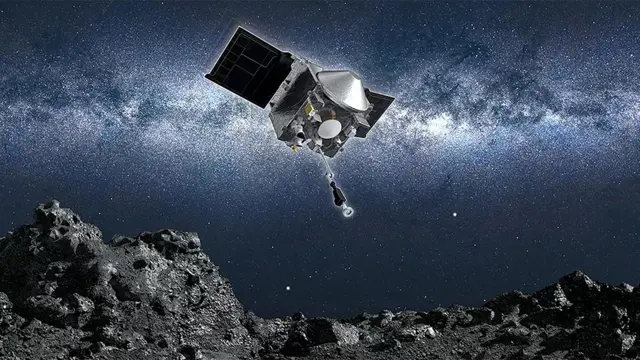How did we get here?published at 12:38 BST 24 September 2023
The Osiris-Rex spacecraft blasted off from Earth in 2016, arriving at Bennu - the asteroid - millions of miles later to collect pieces of dust and rock from its surface.
It has since embarked on the long two-year journey back to Earth, which will come to an end in a few short hours when a capsule it is carrying lands in Utah.
Scientists from around the world are eager to study the samples collected, which could answer some of our biggest questions about how life on Earth began.
After dropping off the capsule, the Osiris-Rex spacecraft will continue its travels across space - this time to an asteroid named Apophis, where it’s scheduled to arrive in 2029.
